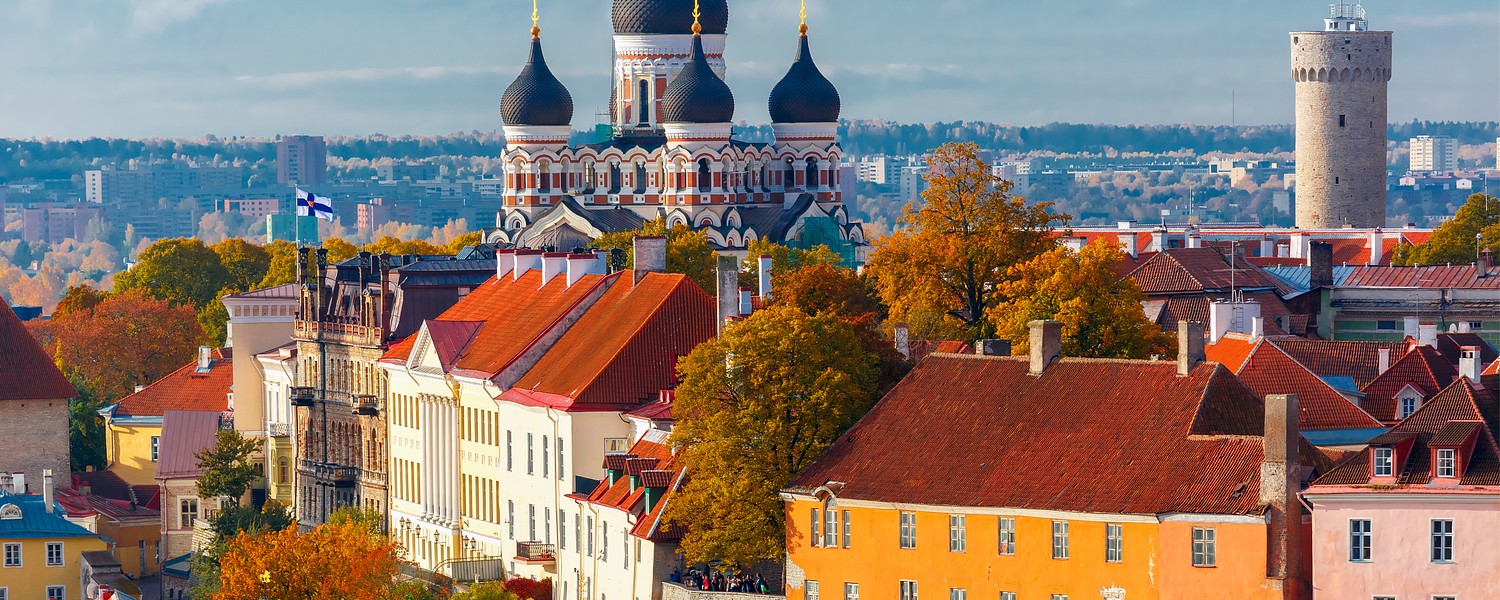The bright yellow, neo-Gothic Lutheran church that dominates the Freedom Square is a true survivor among the city's churches.
Despite two attempts to tear it down in the last century, it has persevered and is likely to be around for a long time to come.
The idea for St John's church first came about in the mid-19th century when the city's growing population of ethnic Estonians made the Holy Spirit Church too small for its congregation. A new church, which at the pastor's suggestion was named for St John the Evangelist, was founded.
Construction lasted from 1862 to 1867, and was carried out under the supervision of the church's designer, Tallinn-born architect Christoph August Gabler. Building on this spot was no easy task. The area here outside the old city wall had earlier been the site of the town moat, so the land was too soft to hold up the structure's foundation. The solution was to ram dozens of thick oak trunks into the ground for extra support.
By the 1930s, a new crop of art deco and functionalist buildings had appeared around Freedom Square, leaving the church's neo-Gothic appearance dramatically out of step with its surroundings. However, the city's plans to pull down the church and reconstruct the square were never realised due to the war and subsequent occupation of Estonia. Likewise, avant-guard architects had similar ideas in the 1950s, but fortunately, these were never followed through.
Read more




































